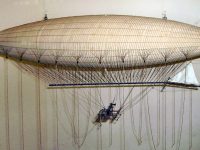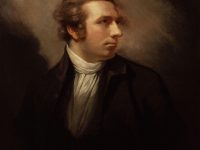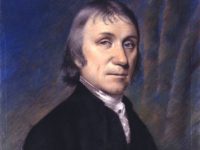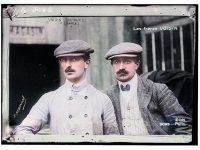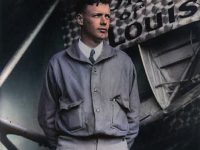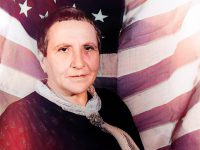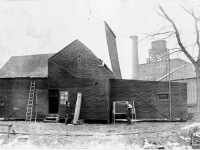Henri Giffard and the Giffard Dirigible
On February 8, 1825, French engineer and aviation pioneer Baptiste Henri Jacques Giffard was born. He is best known for being the first who succeeded to build a steam powered and steerable aircraft, the Giffard dirigible. Henri Giffard – From Locomotives to Balloons Henri Giffard was born in Paris. The tinkerer was enthusiastic about steam engines. After studying at the Collège royal de Bourbon, he began working as a technical draftsman for the…
Read more

